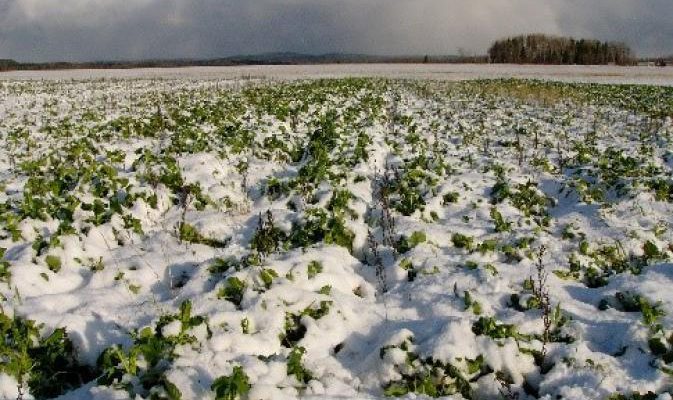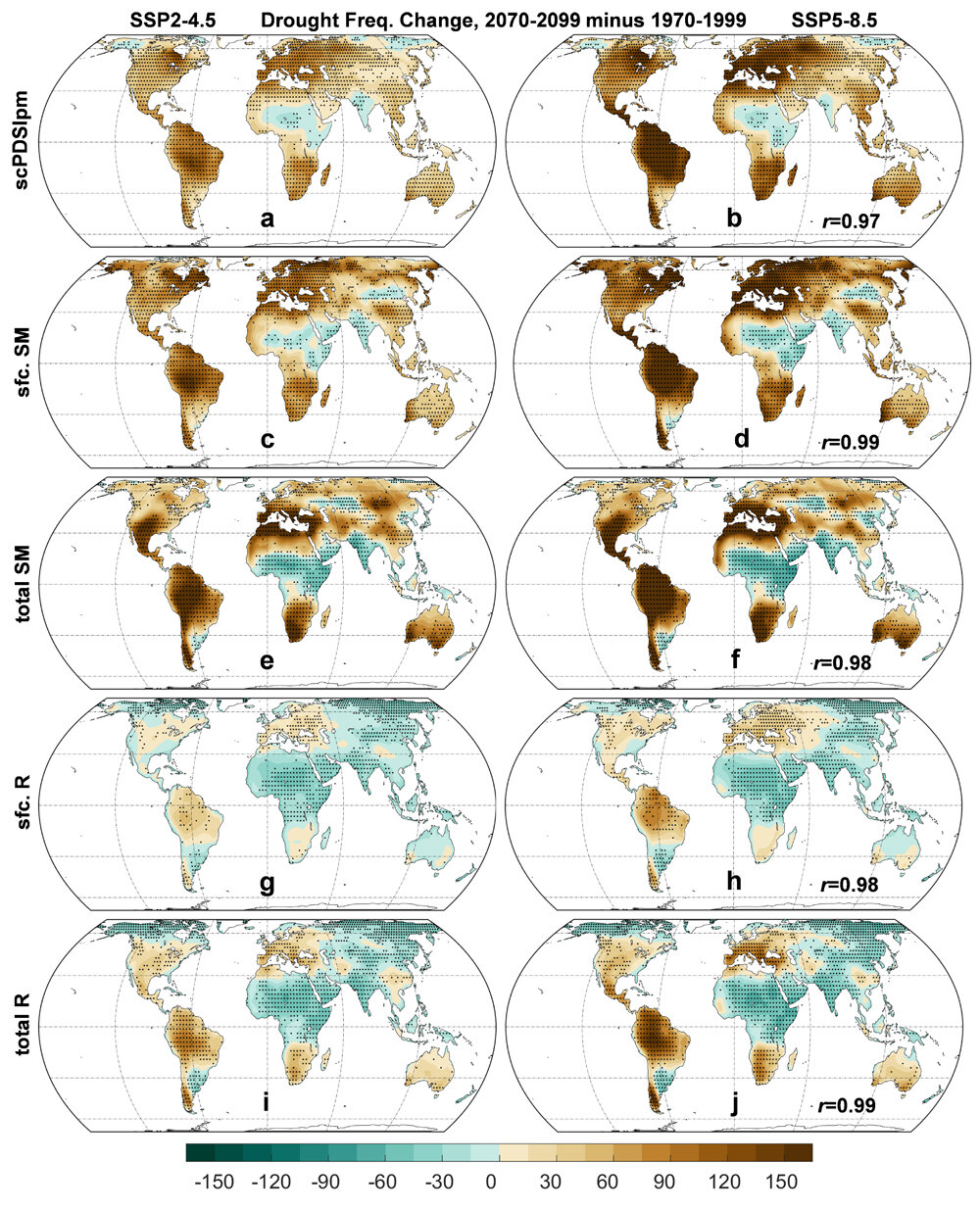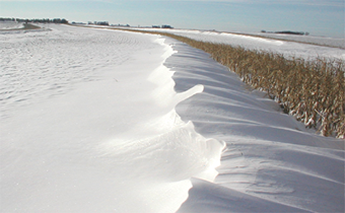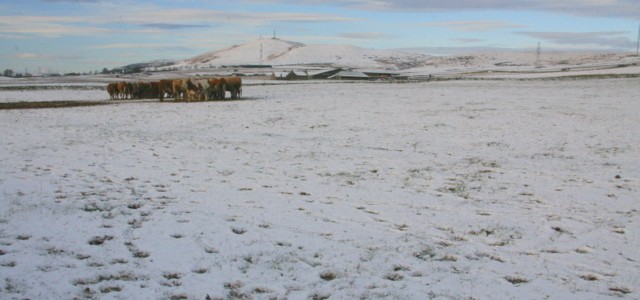Climate and Ag in the news
-

Most people enjoy the scent of rain when it starts to fall. That is called petrichor, and you can read about it here. But I never really thought about the smell of snow before because it is usually so cold that it is hard to smell anything. So I was interested to read this story…
-

If you like to read about how the weather and climate have affected historical events, you are sure to enjoy this story from WISC News on important weather events from the past and how they changed the course of history, going all the way back to 541 AD and even before. Some of the events…
-

A new study published by the Journal of Climate in January shows that based on studies of different climate models at different increases of carbon dioxide, drought is likely to increase in many places across the globe. Even in areas where precipitation increases, the effects of the warmer temperature and associated evaporation and evapotranspiration combine…
-

The recent snow and rain that fell on Texas provided needed rain for the drought-stricken farmers and ranchers there, although it also caused problems with power outages and road closures. But the drought in Texas is so bad that it may only provide limited relief going into the next growing season. You can read more…
-

While we don’t have large amounts of snow here in the Southeast, it does happen on occasion, especially if you are in North Carolina or Virginia. You might be interested in this story from Dairy Herd Management on how livestock farmers in New England have to prepare for snowstorms and cold weather. This is especially…
-

The recent frost had blueberry growers worried about losing their crop this past weekend. While evaluations are still coming in, many of the producers are relieved that damage to their farms does not appear to be as bad as first feared. The crop was well ahead of normal this year due to the unusually warm…
-

One group of people that has been pleased by the recent cold weather is the farmers who grow peaches. After several years of low chill hours due to warm winters, they are happy that the number of chill hours (hours below 45 F) is higher this year than in the recent past. This means that…